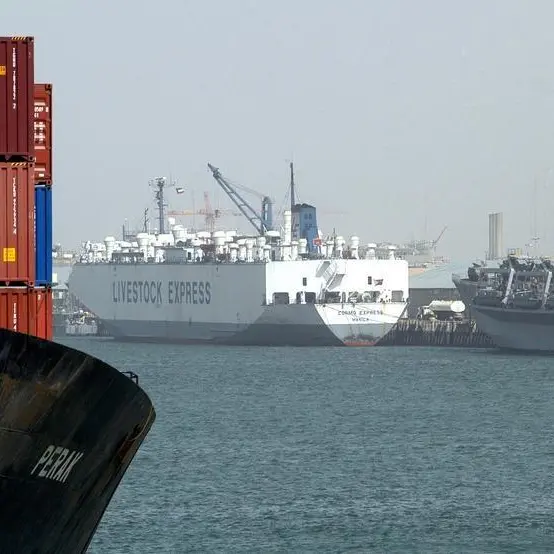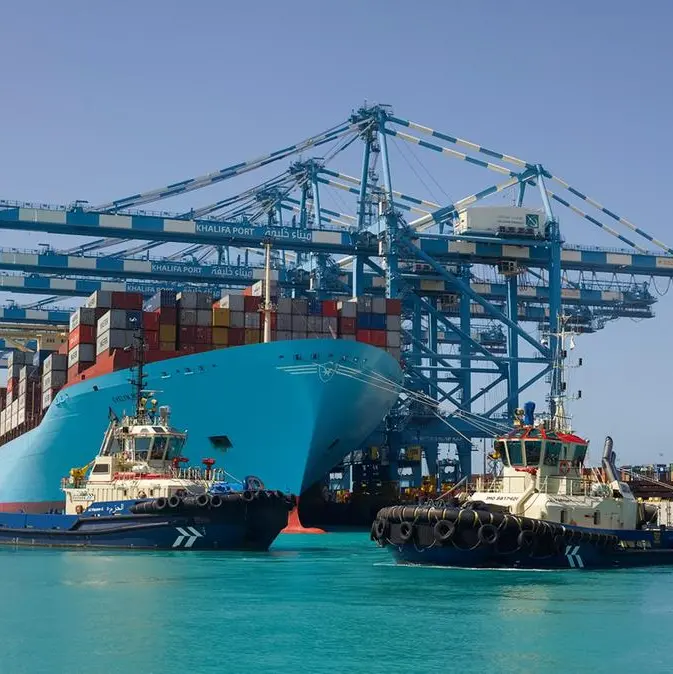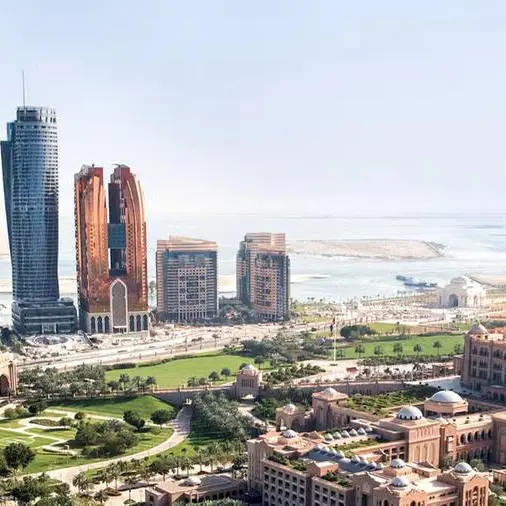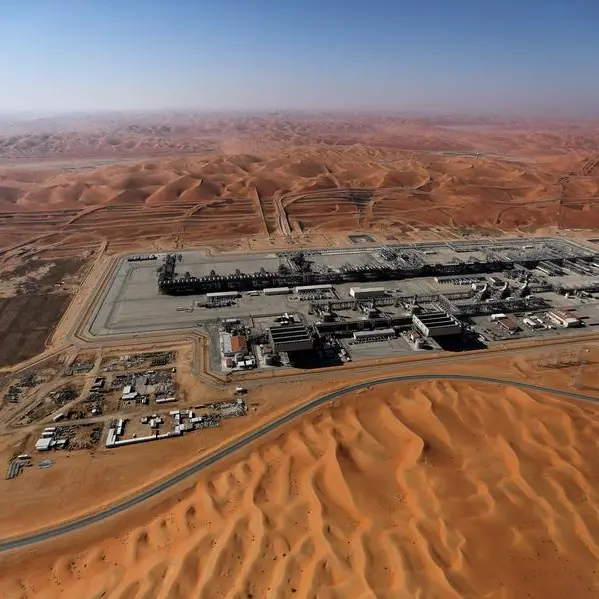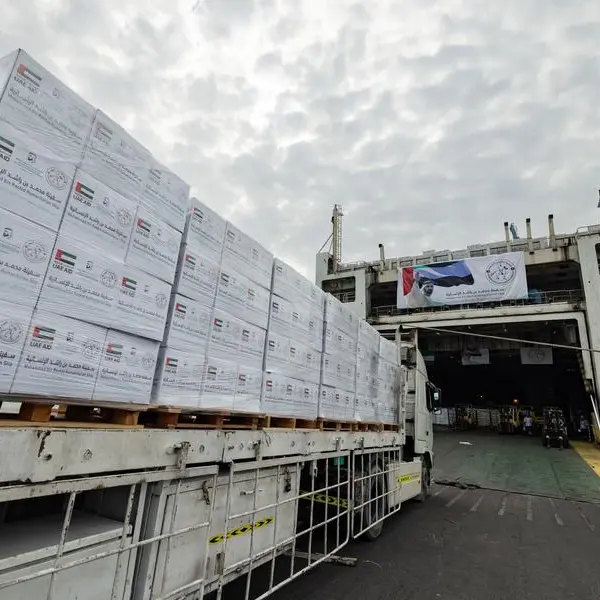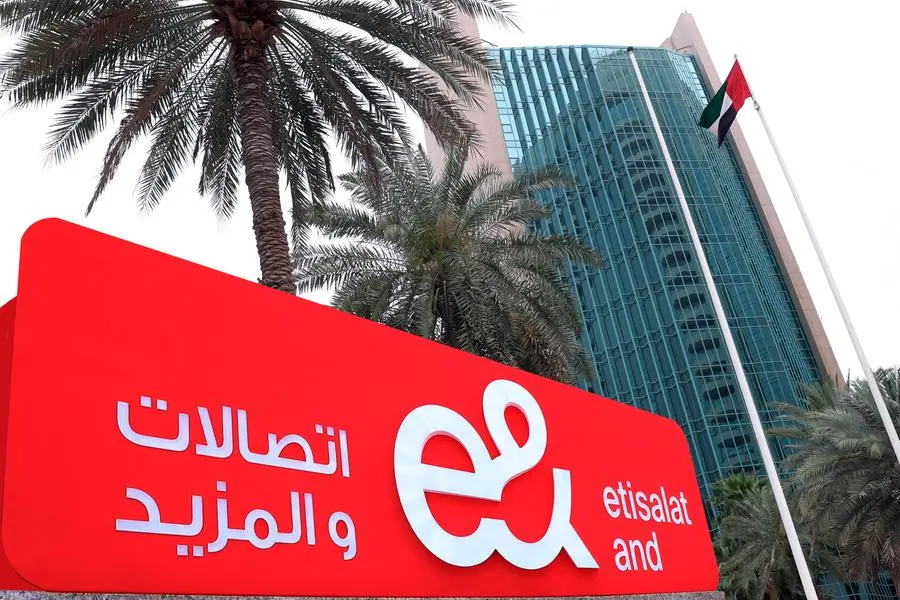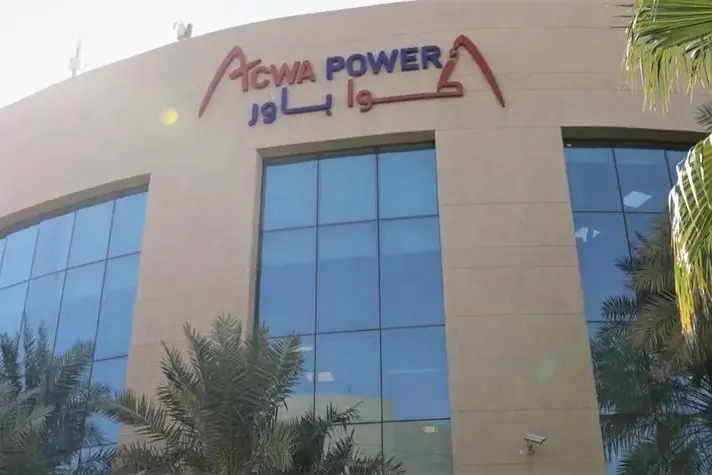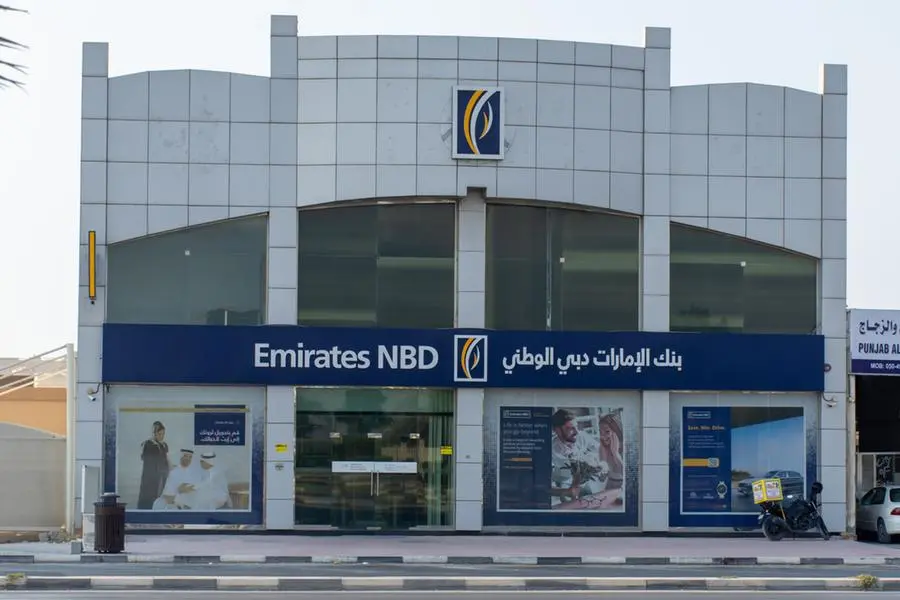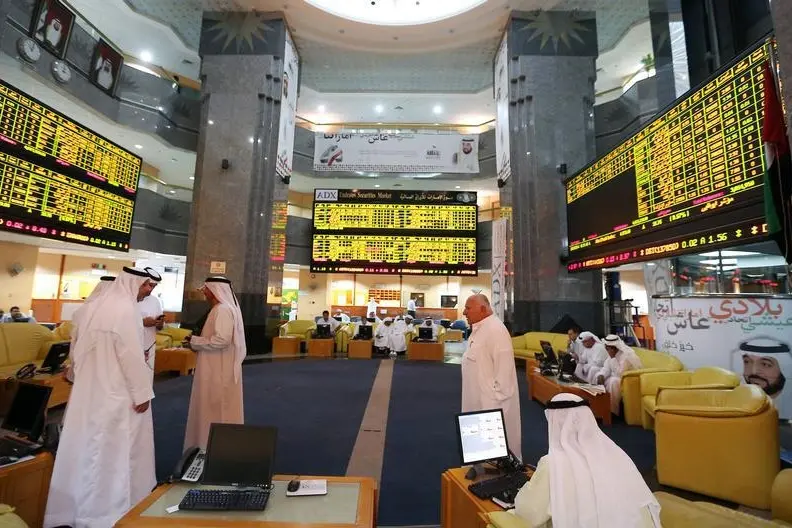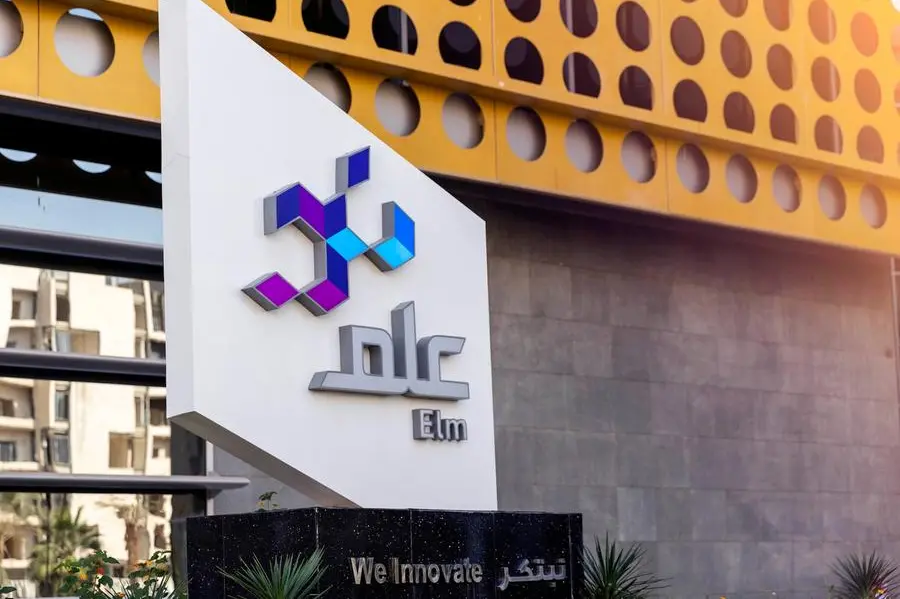Foreign cement plants account for 80% of the cement production
The cement industry is one of the oldest industries in Egypt. Twelve plants work in this sector producing 37 million tons per year, 30.7 million of which for local consumption and 6.3 million for exports. The local demand growth rate reaches 7% per year, but it dropped in April 2011 to 2.8% compared with the same period last year. Imports of grey and white cement increased by 69.7% and Egypt is facing a crisis due to the monopoly in producing cement by certain plants while most of the production is being exported which raises cement prices locally.
The development of the cement industry
According to a study conducted by the Central Agency for Public Mobilization and Statistics, the cement industry in Egypt went through different stages:
The use of cement in Egypt began in 1900 AD when the country depended entirely on imports to meet its needs. With the beginning of the twentieth century, the first cement plant was established with a production capacity of 100,000 tons per year. In 1911, a small plant was founded in Alexandria for the production of natural cement. Torah Portland Cement Company of Egypt was established in 1927 and started production in December 1929 with a production capacity of 160,000 tons annually. In 1929, Helwan Portland Cement Company was founded; production began in April 1930 with a production capacity of 95,000 tons annually.
In 1948, Alexandria Portland Cement Company was established; production began in 1950 with a production capacity of 150,000 tons annually. In 1956, the National Company for Cement was established and began production in March 1960 with a production capacity of 300,000 tons annually. The number of companies producing cement reached back then four in the public sector and one in the private sector; production continued until 1981. In 1981-1982, three new companies were established in the public sector and the number of companies operating in the public sector rose to seven and one in the private sector. Production continued until 1995.
Privatization:
According to the study, the State adopted privatization early 1995 through the sale of Helwan Portland Cement Company to the private sector, thus the number of companies operating in the public sector decreased to six and the private sector's companies rose to two.
In 1999, Cement Assiut, Beni Suef Cement and Alexandria Cement were sold. The number of companies in the public sector dropped to three and the number of companies operating in the private sector reached five.
In 2000, with the selling of Ameriya Cement and Torah Cement, the number of companies in the public sector became one compared to seven in the private sector. During this period, four companies were established in the private sector and participated in the production. The number of companies operating in the public sector remained one while it rose to twelve in the private sector.
Indicators
The study of the Central Agency for Public Mobilization and Statistics added that the available capacity to the cement rose by 60.6% from 22.6 million tons in 2004-2005 to 36.3 million tons in 2005-2006 by an increase amounting to 13.7 million tons. This was due to the increase in the production lines and the number of companies in the cement industry to 13. Then, the capacity decreased by 1.6 million tons to 34.7 million tons in 2006-2007, scoring a drop of 4.5%.
Actual cement production totalled 22.3 million tons in 2004-2005, rose to 34.8 million tons in 2005-2006 and then dropped to 34.7 million tons in 2006-2007. The idle capacity amounted to 304,000 tons in 2004-2005 and reached 1.5 million tons in 2005-2006 with an increase of 1.2 million tons, due to repair and maintenance works in one of the major companies. The idle capacity reached zero in 2006-2007 because all the companies fully used all their available production capacity.
Cement exports reached 1.8 million tons in 2004-2005 and rose to 2.2 million tons in 2006-2007 scoring an increase of 26.8%. On the other hand, cement imports amounted to 6,000 tons in 2004-2005 and declined to 2000 tons in 2006-2007 with a drop of 66.7%.
The average price per ton of cement increased gradually from EGP 123.4 in 1992-1993 to EGP 357.9 in 2006-2007 with a rise of 190% compared to 1992-1993.
The total value of consumed raw materials (primary and auxiliary) in the industry amounted to around EGP 1.8 billion representing 14.3% of the total actual production value totalling EGP 12.5 million in 2006-2007. Local raw materials and imported raw materials represented consecutively 98.2% and 1.8% of the total value of raw materials consumed in the cement industry in 2006-2007. The total value of fuel and electricity used in the industry reached around EGP 1,985 million representing 16% of the total value of actual production amounting to EGP 12.5 million in 2006-2007.
The total number of industry workers in 2006-2007 reached 12,066, of which 97.6% are males (11,777) and 2.4% females (289). The total value of annual salaries and wages amounted to EGP 387 million representing 3.1% of the total value of the actual production in the same period.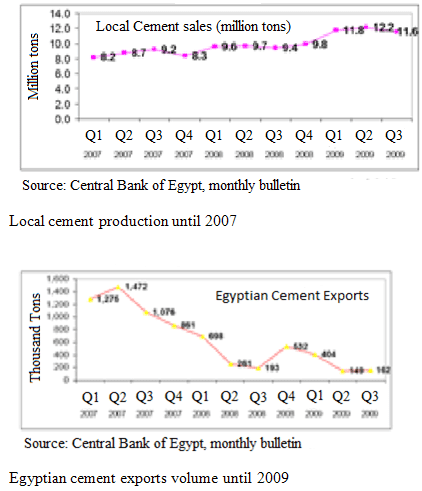
The monopoly
Ahmed El-Zeini, chairman of the division of building materials in the Chamber of Commerce in Egypt, says: "Some analysts believe that the cement industry has suffered too much from the monopoly of certain local manufacturers, not to mention the manipulation of prices. The Egyptian Authority for the protection of competition and prevention of monopolistic practices has begun to study the cost of cement production in the local plants, to make sure no monopolistic practices are being carried out by the companies, which could be harmful to the consumer or the market." Mr. Zeini also asked the traders to provide the cement delivery notes issued by the plants, to match them with the copies kept by the same plants, to prove that the plants are selling cement for two prices, one written down on the bag and ranging between EGP 500 and 565, and the other sold to the agents and ranging between EGP 350 and 450 per ton, thus violating the law.
Mr. Zeini added: "Foreign cement plants account for 80% of the cement production in Egypt, and are fighting the new national plants, in particular the Army Cement Plant in Al-Arish, the Wadi El Nile plant in Beni Suef, El-Sweidi plant in Suez and El Nahda cement plant in Qena, by the means of a tacit agreement to cut prices by an average of EGP 180, so that new plants pull back the prices they announced 4 months ago when they decided to sell the ton of cement for EGP 375, ex-factory.
He explained that there is a protocol between foreign plants to avoid competition in the export of cement from Egypt, even if they had committed not to export cement to countries where Egyptian plants exist.
A statement issued by Suez Cement Group, owners of Tourah, Helwan, Qutemiah and Suez plants, accounting for 25% of the Egyptian cement production, said that the prices written on the bags are the maximum limits for the authorized end-consumer sale price and ex-factory sale price, while the cement price actually sold to customers may differ according to the market needs.
Hamza Al-Berry, head of the sector for internal trade in the Ministry of Social Solidarity, believes that the sector will investigate the price reductions a number of cement plants decided and which were lower than the rates previously notified to the Ministry, at the time he accuses the plants traders of trying to slam the competition to maintain their monopoly of the market.
He added that the end consumer sale prices sent to the Ministry by foreign companies range between EGP 500 and 580, while the current market end consumer prices range between EGP 375 and 450.
Mr. Berri confirmed that the law classifies as a crime the act of selling for higher than listed prices, while selling by factories or traders for lower than listed prices is not classified as such. Failing to notify the Ministry by the companies of the actual market prices is considered an unjustified and incomprehensible fraud.
Dr. Anwar El-Nakib, professor of Economics in Al-Sadat Academy, submitted a study on the cement sector in Egypt, where he confirmed that the cement market was subject to an oligopoly, closer to a full market monopoly, adding that this market is characterized by the following features:
• A small number of facilities owning a large market share. The size of the market share of a facility can be measured by assessment of the volume of sales or production.
• The produced commodity is not a distinct commodity, where there is a slight difference such as the packaging type or after-sale services. This feature is linked to the presence of the non-price competition.
• The existence of obstacles preventing the entry of new producers into the market. This feature gives a "monopoly power" to the producers in this market, in addition to the existence of "mutual relations" between the producers in the market.
• The existence in this market of incentives for the producers to reach an agreement to sell at a certain price, or divide sales territories among producers.
According to a report by the Central Agency, the prices of cement have also evolved in two months (August-September 2011) as follows:
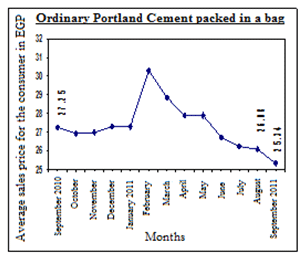
1 - The average sales price of ordinary Portland cement packed in a bag was EGP 25.34 in September 2011 compared with EGP 26.08 in August 2011, with a decline rate of 2.84% while the average sales price was EGP 27.25 in September 2010, with a decline rate of 7.01%.
2 - The average sales price of white cement packed in a bag was EGP 42.86 in September 2011 compared with EGP 41.85 in August 2011, with an increase rate of 2.41% while the average sales price was EGP 40.30 in September 2010, with an increase rate of 6.35%.
No controls
A recent study issued last month by the Industrial Development Authority in Egypt warned that continuing to adopt the former regime policy in approving the businessmen applications to construct new cement plants with no controls will lead to critical environmental and economic disasters. The study pointed that one cement factory whose production capacity does not exceed 1.5 million tons per year causes the contamination of an area of a 10 kilometers radius area i.e. around 100 square kilometers.
The study added that should the approval be granted to the construction applications of all the new cement plants, it will cause the destruction of 5,400 square kilometers of Egypt's total area. It clarified that the approval of all the applications submitted to the Authority, totalling 54, with an annual production capacity amounting to 120 million tons per year, means these plants will need a support in energy costing EGP 42 billion a year. These factories will only create 40,000 new jobs, while the total support in energy provided by the State to the industrial sector amounts to EGP 42 billion annually.
The study added, based on the budgets of the cement companies themselves, that the actual cost of production of one ton of cement in Egypt amounts to EGP 148, while its sales price on the domestic market reached recently EGP 450, with a profit rate of 200% per each ton directed to the local market, whereas in export the price of a ton is USD 108 to be sold at EGP 600 with a profit rate of 300%.
© Zawya 2011

